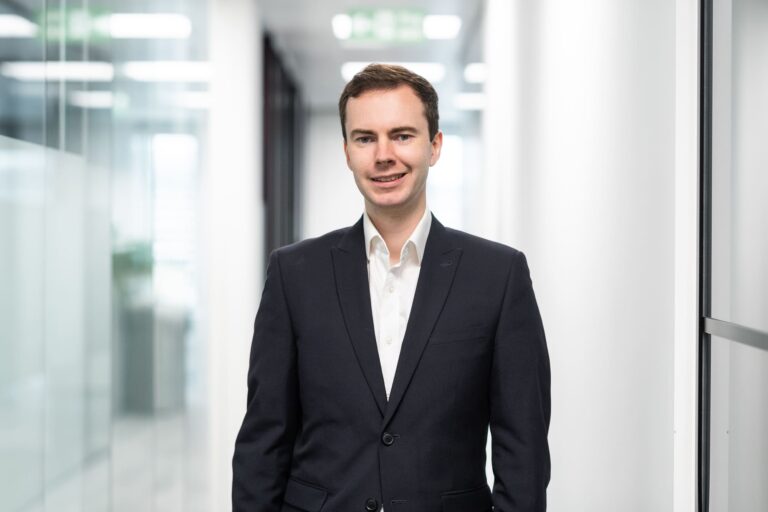
It has been almost exactly five years since the legendary sprinter Usain Bolt last took to the track: in fact, I was in the stadium to witness his final 100m race at the 2017 World Championships in London. Nonetheless, his name and reputation endure as one of the all-time sporting greats, and his recent trade mark activity suggests that he shows no signs of slowing down soon.
On 17 August, Mr Bolt filed a US trade mark application for a logo based on his iconic celebration pose: a silhouette showing a figure leaning back while pointing both arms upwards. This is not a new logo: there are registrations for the same trade mark in Bolt’s name in territories as diverse as the UK, EU, China, Argentina and Mexico, the earliest of which date back to 2009.
Two things are noteworthy about this filing, though. The first is that the track star had previously abandoned a US application for the same mark as he was not able to submit the required evidence of use of the mark in commerce. Re-filing implies that he is planning a more serious expansion into the US market. The other is the range of goods and services covered by the application: among them are terms not covered by his previous filings around the world, such as sunglasses, jewellery and, perhaps most interestingly, restaurant and sports bar services. Perhaps we are about to see the launch of a Bolt-themed bar in the States.
Usain Bolt is fortunate that, alongside his name, he has an image that is immediately associated with his achievements by fans, similar to Michael Jordan’s slam-dunk logo. It can be a hugely beneficial for an individual to develop a logo that identifies their business beyond their name.
As a rule, sports stars spend far longer in retirement than they do at the peak of their careers. Trade mark protection can help to ensure that their legacy continues after they have hung up their spikes, but it is important for athletes to consider the right protection for their possible future business interests. Working in partnership with a qualified trade mark attorney is the best way to develop a global brand strategy that can protect a star’s rights around the world.